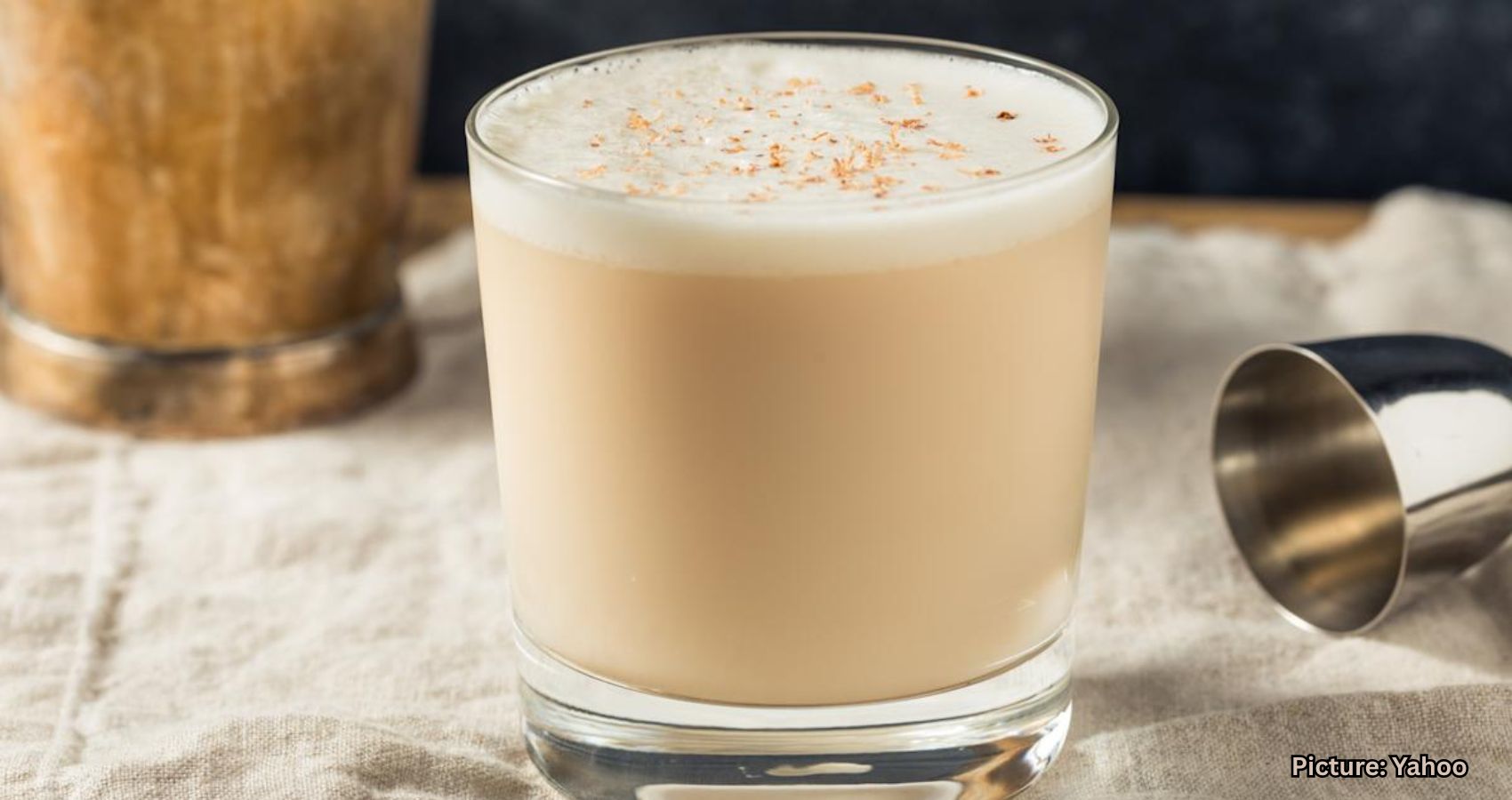While the idea of crafting a cocktail with just three ingredients might seem like a modern bartending trend, the concept has roots stretching back centuries. The early example of such a simple, boozy blend is milk punch — a drink that traces its origins to late 17th-century England. This historical concoction mixes whiskey, whole milk, and sugar, shaken over ice and served chilled. Though now firmly part of cocktail culture, this basic yet satisfying mixture had a long journey to recognition.
Despite its age, milk punch has stood the test of time, transitioning through phases of popularity and neglect before finding its way back to the bar scene. The original trio — alcohol, dairy, and sweetener — was a revelation in its time, demonstrating the transformative power of simple ingredients. Even today, this combination remains relevant, serving as both a foundational recipe and a base for innovation in the world of cocktails.
The drink’s staying power can largely be credited to its rich texture and balanced flavor profile. Over the years, milk punch found a new home in New Orleans, where it became a staple at brunch and a favorite of locals and visitors alike. The Crescent City has embraced the creamy cocktail, with several prominent establishments offering their own takes on the drink. Its regional association only added to the mystique and charm surrounding this old-fashioned creation.
Though the pairing of milk and alcohol eventually fell out of style, the early 2000s witnessed a renewed curiosity about a related technique known as milk-washing. This method involves clarifying a spirit with milk, creating a smoother, more refined drink. The resurgence of this practice helped shine a spotlight once again on milk and booze pairings, encouraging bartenders and home enthusiasts alike to revisit the milk punch formula.
Today, crafting a milk punch at home is both simple and rewarding. By shaking together a few high-quality ingredients, you can recreate a piece of cocktail history while enjoying a luxurious and flavorful drink. Shake up a whiskey milk punch, and you’ll get a terrifically textured cocktail that’s also a canvas for further flavors.
The foundation of a good milk punch is whole milk. The fat content is crucial, providing the rich and creamy mouthfeel that makes the drink so enjoyable. Skim or low-fat milk won’t deliver the same effect, as the texture would be too thin and lack the necessary depth. When combined with ice and shaken, whole milk gives the cocktail a refreshing, velvety consistency.
The sweetener is another element that can be personalized. While standard simple syrup — a mixture of sugar and water — works just fine, experimenting with flavored syrups can elevate the drink significantly. Vanilla syrup adds warmth, maple syrup lends a rustic touch, and birch syrup introduces a unique twist. You can also use this as an excellent opportunity for flavored syrups like vanilla, maple, or birch syrup for a top-shelf rendition.
Choosing the right whiskey is equally essential. Bourbon, with its natural sweetness and notes of caramel and vanilla, is a traditional choice. It pairs exceptionally well with milk, giving the drink a dessert-like character that’s still complex enough to satisfy seasoned cocktail drinkers. Brandy is another historical option, offering fruitier and softer notes that complement the dairy component.
However, don’t feel restricted to just bourbon or brandy. A good Scotch can add smoky depth, while a wheat-based whiskey brings a milder, more nuanced profile. The goal is to select a spirit with complementary flavors — think spices, vanilla, or caramel — that will harmonize with the milk and syrup. Harsh or overly strong whiskeys, particularly those that are over-proof, should be avoided, as they can overpower the drink and create an unpleasant contrast with the milk. Avoid over-proof and harsh whiskeys, as they’ll clash with the dairy.
If you’re open to expanding beyond the original three ingredients, garnishes can make a milk punch even more enticing. A dash of aromatic bitters, a sprinkle of cinnamon, or a dusting of nutmeg adds layers of aroma and flavor. These simple additions can turn a basic drink into a showstopper, enhancing both the presentation and taste. If you’re ok with breaking the three-ingredient formula, then finalize with a garnish of bitters, cinnamon, or nutmeg atop, creating an aromatic, creamy, and delicious drink.
One of the most fascinating aspects of milk punch is how it bridges the past and present. It serves as a reminder that even centuries ago, people were experimenting with ingredients to find the perfect balance of flavor and texture. This cocktail is proof that sometimes, the simplest ideas endure the longest.
The resurgence of milk punch and milk-washing in recent years highlights a broader trend in the beverage world — a return to classic techniques and respect for traditional recipes. Whether you’re a professional bartender or a curious home mixologist, making a milk punch offers a way to engage with history while enjoying a delicious and satisfying drink.
In summary, the legacy of milk punch is more than just its ingredients. It represents a timeless approach to cocktail-making that continues to influence modern mixology. With whiskey, whole milk, and sugar as its base, this centuries-old drink invites endless variation while staying true to its origins. So the next time you’re looking for a unique beverage with historical flair, consider shaking up a milk punch and joining generations of drinkers who have enjoyed its rich, creamy appeal.
As the original article fittingly concludes, “So pay some respects to cocktail history — and enjoy a delicious beverage — by shaking up this delightful trio.”

